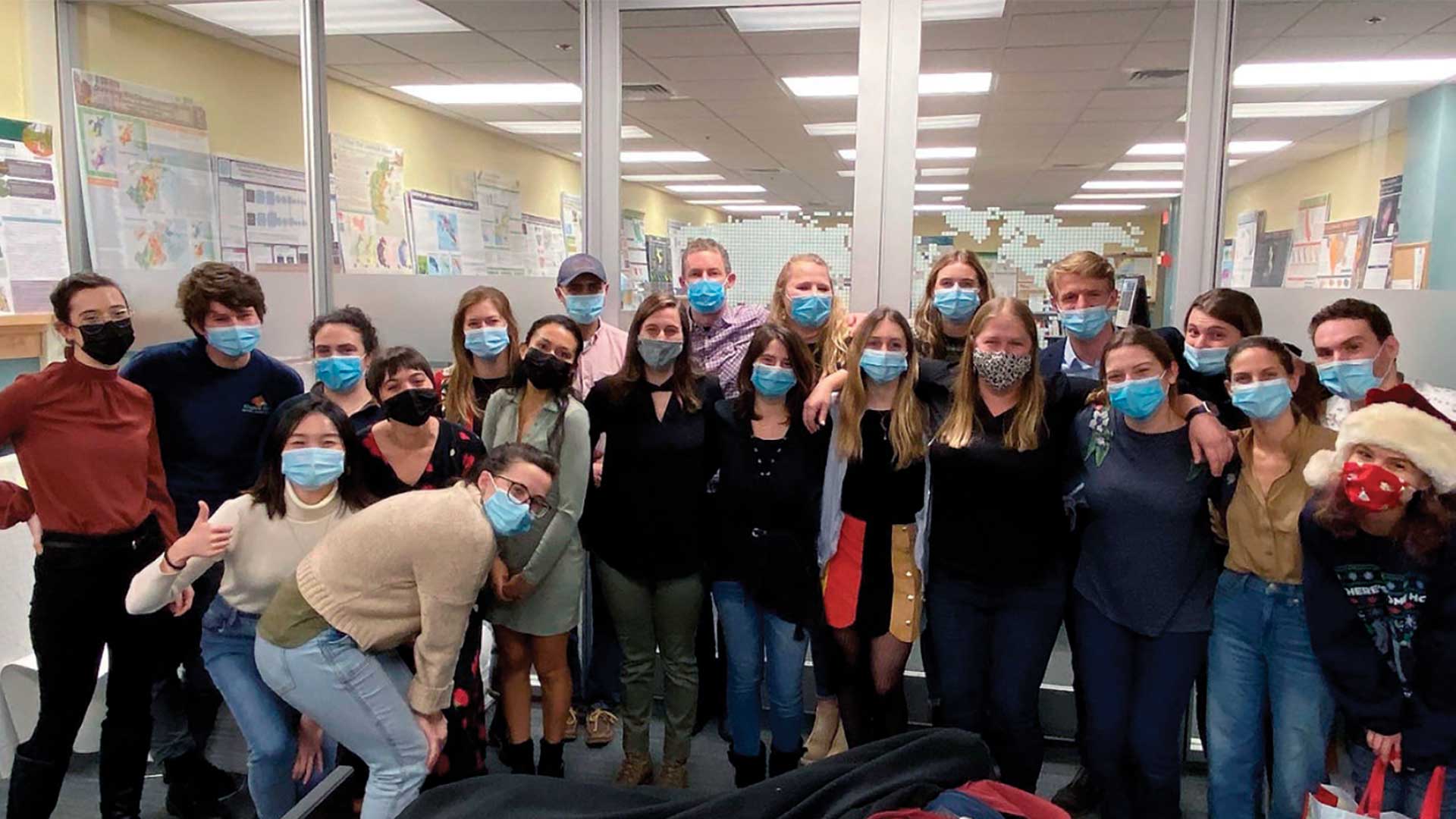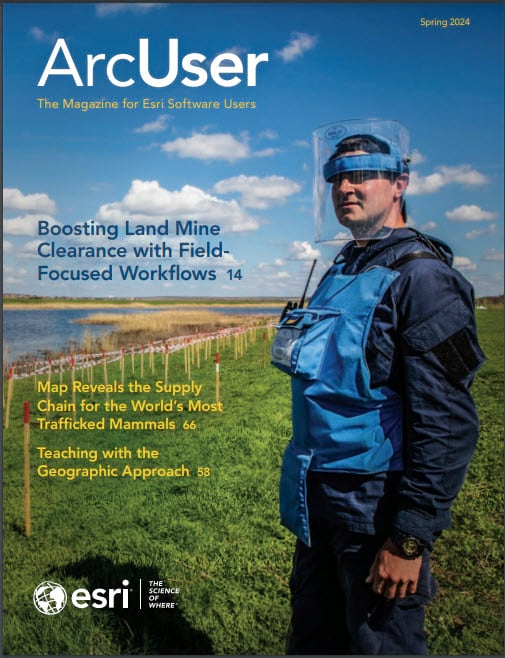Years ago, Jim Hanson, a geography teacher with the Bloomington School District in Minnesota, realized the value of interactive learning.
“It was obvious [to me] that sequential education wasn’t working. Kids like to create things on their own,” Hanson said. His students used hand-drawn choropleth maps to demonstrate how geography could be used by a planning commission or city council member to make better decisions. [Choropleth maps symbolize the magnitude of an attribute with colored or shaded areas.]
Hanson bridged textbook curricula with hand-drawn maps and data sheets. “We deconstructed the curriculum and then reconstructed it, which became one of my passions. We studied places that were local to introduce geographic concepts, and then applied them to faraway places where those concepts made more sense to the students,” Hanson said.
A full-time teacher with the Bloomington School District for nearly 33 years, Hanson retired in 2000. Since then, he has continued as a reserve teacher in the same district. While computers and GIS were not readily available in classrooms before he retired, Hanson quickly appreciated that interactive maps, surveys, and dashboards built using GIS could help students learn in new ways.
“I used early computer technology to create databases students used to make by hand, the kind of maps that GIS technology can produce today with one click,” he said. “I’ve found that if you get digital mapping technology in front of students, they don’t mind the fact that it’s technical.”
He pioneered the incorporation of GIS in school curriculum. But by the mid-1980s, school district officials wanted Hanson to go back to using mainly textbooks for his classroom lessons even though students, empowered by learning with maps, benefited from lessons that combined spatial thinking, creative problem-solving, and technology.
To support the continued use of the interactive geography lessons, Hanson enlisted the help of three other geography educators. Together, they developed a new method to teach without textbooks. “The students had flexible modular scheduling, so depending on the day, we’d have a small group discussion with 14 or 15 kids, 45 in a lab session, and 75 for a lecture,” he said.

Inspiring Geography Teachers
In addition to his work with students, Hanson mentored more than 40 teachers and inspired many geography teachers like Charlie Fitzpatrick, an Esri industry solutions manager for education. “Jim Hanson changed my teaching back in 1986,” said Fitzpatrick. Hanson was presenting at the Minnesota Geography Alliance workshop. He showed data about countries of the world and asked simple questions.
Fitzpatrick said that presentation changed everything that he
was doing as a geography teacher. “Instead of just knowing all these things about places, you could now start looking at a database and if you have the right kinds of data, you [could] come up with all kinds of information. That information was data for something else that you could turn into maps and things like that.” That revelation changed Fitzpatrick’s path not only as a geography teacher but also as a geographer.
In 2020, Hanson was recognized by the Minnesota GIS/LIS Consortium with the Distinguished Educator Award for his leadership, creativity, and enthusiasm in teaching geography and GIS.
Making GIS More Available
In addition to helping his students find success in the classroom, Hanson is passionate about making GIS tools available to more students. “I was attracted to promoting the use of ArcGIS Online with students because it made the time-consuming process of making a choropleth map almost instantaneous,” he said.
When Minnesota was considering holding a GIS contest for students in grades 4–12 in 2016, Hanson volunteered to draft the contest announcement, guidelines, and website. Supported by the Minnesota GIS/LIS Consortium and others, Minnesota on the Map, an ArcGIS Online student competition, was launched.
The contest has transformed the way teachers apply GIS to their curriculum to enhance student learning. The contest uses the ArcGIS Online school bundle subscription. Students use the software to complete a research project on a Minnesota topic. They create digital maps and an interactive story map they use to present their project.
Using GIS to Create Real-World Solutions
Hanson has remained active as a substitute teacher and a member of Minnesota Alliance for Geographic Education. In 2023, a group of sixth graders used GIS to predict the best launch site for a high-altitude balloon (HAB). Students used ArcGIS Online and ArcGIS Survey123 to collect field data; Map Viewer to create high-quality maps of Minnesota; and ArcGIS StoryMaps to present their findings.
For the HAB prediction, students created maps with the 40 miles of Federal Aviation Administration (FAA)-restricted areas for the Minneapolis/Saint Paul and Rochester international airports, including layering in parks, electric power lines, athletic fields, smaller airports, wind farms, highways, rivers, and other layers showing areas that should be avoided when launching or landing an HAB. The entire class traveled to the HAB site that was identified to see the balloons launched.
Hanson sees GIS being incorporated into areas of study beyond geography, science, and social studies. “Exposing middle school students to GIS provides them with problem-solving skills that translate to any workplace situation,” Hanson said.



